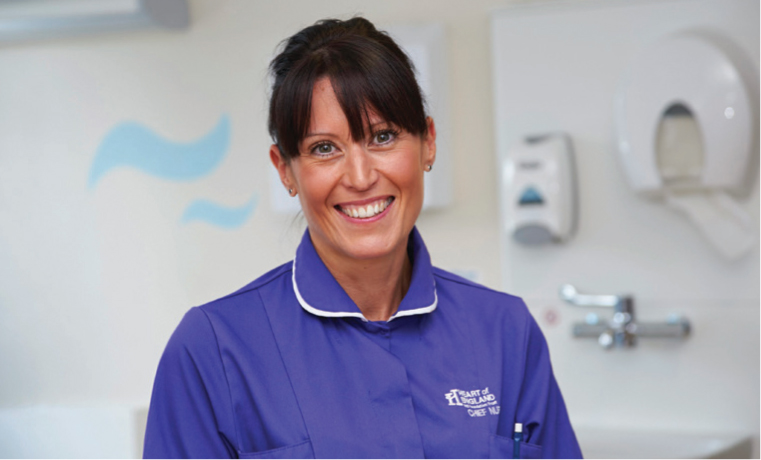
There is no doubt that clinical work is physically and emotionally demanding; shift work, long working hours and the travel time to and from work can make it challenging for staff to care for themselves. Fatigue-related errors and accidents are a real risk for staff and their patients. Blackley (2019) wrote about the tragic story of a Scottish doctor who died in a road accident after finishing a night shift. The article called for the Scottish Government to improve measures to support wellbeing, including the idea of introducing ‘sleep pods’; these are essentially a comfortable reclining chair, typically with a visor to block out the light and distractions, and they often have the ability to play music to the user.
At a management meeting recently in my Trust, a senior medical colleague brought a proposal for sleep pods to be piloted to enable our junior medical staff to rest. This was in response to the work our ‘sleep and rest working group’ established to reduce the risk to staff and patients and address trainee doctor concerns. The working group had been considering practical ways to support staff health and wellbeing, focusing specifically on reducing the negative effects on physical and cognitive functioning of staff working intensively and for long hours.
Since this meeting, mixed views have played out in both the media and my professional circles. Bodell (2018) reported that a survey of night shift workers found that while 65% of nurses admitted to sleeping during their break, almost 90% claimed their employer had rules prohibiting it. And, possibly more worryingly, 45% of respondents claimed they did not regularly have any break during their shift.
Bodell also highlighted the arguments made by Dr Michael Farquhar, a leading expert in sleep medicine, who argued (in a blog published on the NHS Employers website) that night shift workers generally sleep less, and have poor-quality sleep in the daytime. To stay awake on duty requires these staff to fight against their circadian rhythm, leading to fatigue and the need for staff to get adequate rest to improve patient safety. Farquhar (2018) believed that allowing staff to have regular 15-to 20-minute sleep breaks would combat stress and improve their ability to function.
Rimmer (2016), writing about medical staff, focused on some earlier work from Farquhar, which highlighted some of the cultural blockers to sleeping on a night shift. In an interview, Farquhar himself made the point:
‘Planning sleep and using sleep in a careful and controlled way to improve the level of care that you are delivering is really important. But there is this blanket cultural idea that we don't pay people to sleep and it's wrong. It needs a huge cultural shift.’
The Royal College of Nursing (RCN) (2012) guidance fully appraised the health-related issue for shift working, but it noted that there are ways in which employers and individuals are able to mitigate these. It also acknowledged that there are benefits to shift work—for example, financial benefits—and also work patterns that enable flexibility. It detailed the regulatory requirements for employers of shift workers, with many suggestions on how to support staff. It does cite the need to provide regular breaks, and that the employer must:
‘Ensure that there are adequate rest breaks during the 12-hour shift and that there is sufficient cover for staff to take their rest breaks to reduce the risk of fatigue—the minimum legal requirement of a 20-minute minimum rest break allowance required under the WTR will not be enough during a 12-hour shift.’
The RCN advised that employers need to consider the evidence base promoting the benefits of power napping and develop policies and appropriate resources to support power napping in nursing staff, including a suitable space in which to take the power nap. The following strategies are recommended to support restorative naps during breaks:
So, although I have been professionally ‘brought up’ believing that we are not permitted to sleep on night duty, it would appear that there is a compelling evidence base and backing from the RCN to have the professional debate as to how we might consider this in my Trust, as a patient-safety initiative.

